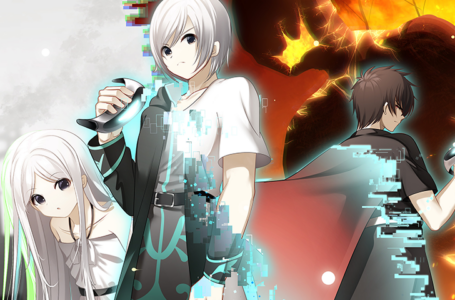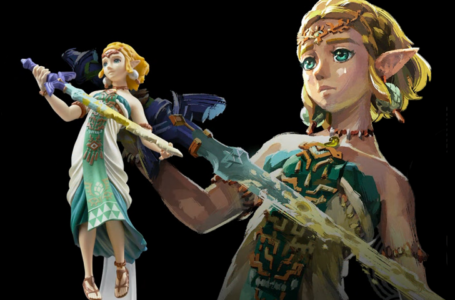A quick look at Capcom Arcade 2nd Stadium
Capcom Arcade 2nd Stadium is out today, so I thought we’d give some quick first impressions today — then I think both Arcade Stadium packs are actually worth exploring in more detail, because not only do they both include some all-time classics from Capcom, they also include some seriously deep cuts from the company’s back catalogue. And that’s especially true for this second collection.
We’ll leave that for another time and an extended feature though; for now, we’re not going to focus too much on the individual games. Instead, we’re going to talk a bit about the package as a whole, the value it offers, why you might want to consider it even if you already have other means of getting your arcade fill — and, y’know, whether or not it’s actually any good.
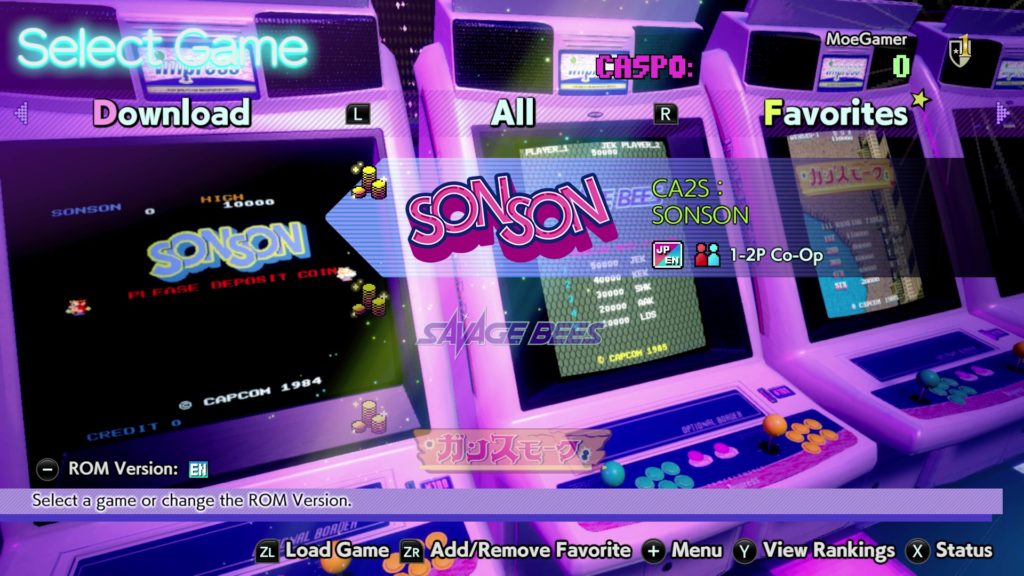
Overall quality and value
Capcom Arcade 2nd Stadium, like its predecessor, is available as a free download with a single game included in that free download. In this case, the included game is SonSon, a 1984 game from Capcom loosely based on the story of Journey to the West. It’s a fun little platform shoot ’em up with a passing resemblance to SNK’s Psycho Soldier (albeit without the theme song) but feels like a bit of a strange inclusion to get people to jump on board with this new collection — particularly when the first Arcade Stadium bundle kicked off with the well-known shoot ’em up 1943: The Battle of Midway.
Still, that may well have been a deliberate choice because, on the whole, the games included in Capcom Arcade 2nd Stadium are deeper cuts that might initially appear to be fairly niche interest. Oh, sure, there’s several Street Fighter games in here as always, but there’s also some stuff that a lot of people will likely be less familiar with. Positioning SonSon as the free game can be looked upon, therefore, as a means of setting the expectations that this bundle is more about discovering interesting and peculiar lesser-known games rather than the most well-known hits.
For me, this is actually a great thing, because I’m sure by this point most retro enthusiasts have already played the big names in Capcom’s back catalogue multiple times over, and depending on how obsessive your game collecting is, you likely own copies of them on at least two or three different platforms by this point. I don’t need reminding that Ghouls ‘n Ghosts is a classic; I am much more interested in stumbling across stuff I’ve never heard of or never had the opportunity to try before — and in that regard, this compilation seriously delivers.
In response to criticism of the first game selling its available games in bundles, you can purchase individual games one at a time in Capcom Arcade 2nd Stadium. Doing so makes it roughly three times more expensive to obtain the complete lineup, though; for most players, the most practical thing to do will be to slap down the £32.99 for the complete bundle and get everything in one go for the price of a “regular” game — rather than nearly a hundred smackers.
It’s worth noting that depending on your platform of choice, said bundle might take a bit of searching to find. It’s not listed on Nintendo’s web-based eShop, for example, meaning you have to buy it from the Switch itself. It is available, though, so if you’re up for exploring the complete lineup of Capcom titles in this collection, splashing the cash up front is the best value means of doing so.
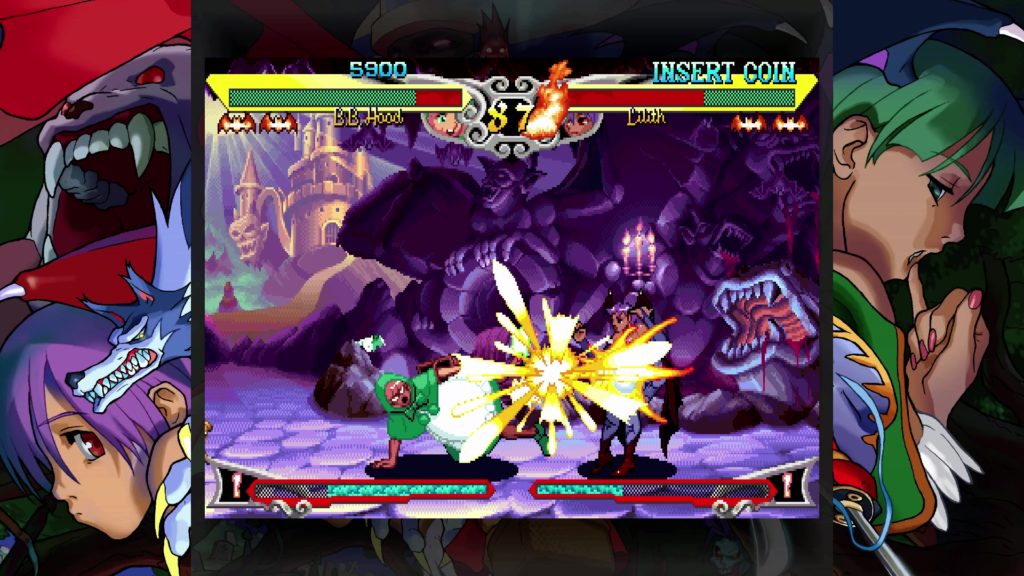
But I already have MAME
Yes, I’m sure you do. Most of us do at this point, and complete MAME romsets are so easy to come by and widely accepted these days that you can even find them on the Internet Archive, which is about as close to being officially “approved” as you’ll get online. Indeed, I have all of the games on this collection loaded into Batocera on my Anbernic Win600, and can play them at any time. And yet I still willingly splashed the cash on this collection.
Why? A couple of reasons, really. Firstly, as an attempt to make me feel a bit better; if I find games that I enjoy playing which I have acquired through less-than-reputable means, I make a point of supporting official rereleases when they do come along. That way, even if I wish to continue playing them via something like MAME, I can do so with a clear conscience. This is purely a personal thing, and I know not everyone feels the need to do this — but I do.
Secondly, and perhaps more significantly, collections like this are about more than just having a bunch of arcade ROMs available to play. They’re about having a curated collection to explore, with supporting material and additional functionality readily available that you might not have easy access to in a common-or-garden emulator. For example, Capcom Arcade 2nd Stadium includes helpful, comprehensive instructions for each and every game in its lineup rather than simply expecting you to figure things out for yourself.
On top of that, it’s got excellent speed control and rewind features, allowing you to experiment with a game in various ways, or perhaps practice particularly troublesome sections. And along with all this there’s a nice sense of community to it all; as you play games in either of the Capcom Arcade Stadium titles, you earn points which rank you on a global leaderboard, with more points on offer for playing ranked games or taking on specific challenges.
On top of that, there are regular campaigns, encouraging everyone to give specific games a try and compete against one another in a sort of official competition. There’s no real “prizes” on offer as such — but it is a fun means of getting to know some of the games you might not have tried much, and an incentive to explore the library to its fullest.
On the whole, Capcom Arcade 2nd Stadium is a solid package that feels like it incorporates all its component titles into a pleasing “metagame” — somewhat similar to how Pac-Man Museum+ does things. It feels like a nice self-contained package that works well as a complete experience, not just a compilation of ROMs.
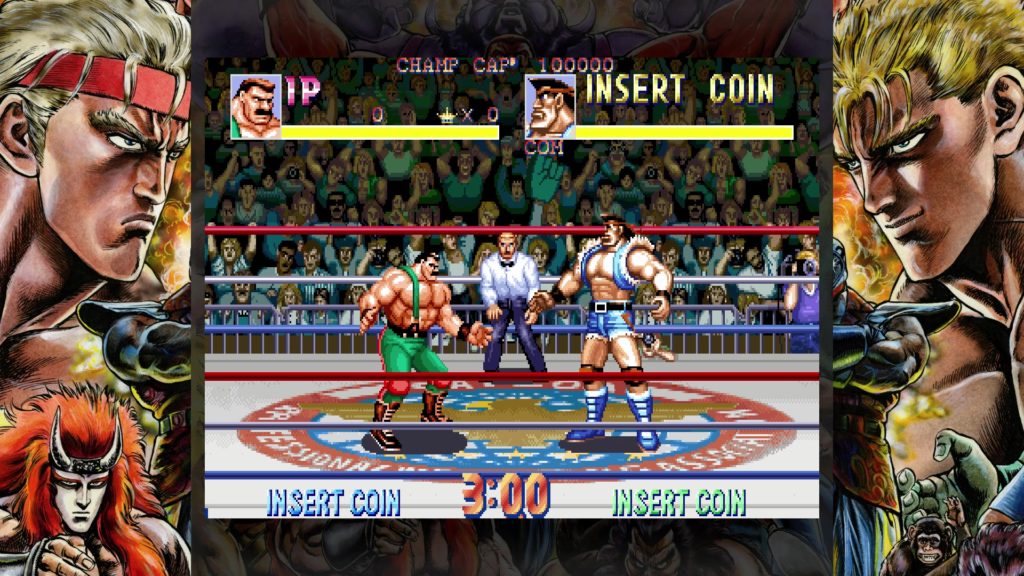
Performance and emulation
One criticism of the original Capcom Arcade Stadium, particularly in its Switch incarnation, was that the emulation’s performance was a bit spotty. Part of this was down to how the game makes use of Capcom’s RE Engine to render its polygonal virtual arcade, with performance particularly suffering when choosing to play games on a “virtual cabinet” rather than simply being rendered directly to the screen.
Speaking for the Switch version (which is the one we’ve been looking at) I can say that these problems mostly appear to have been resolved. The virtual cabinet mode runs much more smoothly and playably on Switch, though there has been a bit of a sacrifice in visual quality (notably resolution) made in order for this to happen.
The more conventional 2D modes run much better, too. While you’ll still see a certain amount of scrolling stuttering in evidence due to the fact that many arcade machines ran at non-standard refresh rates (whereas our modern displays are all 60Hz or more) the performance in general is smooth, slick and consistent. This is particularly apparent in special effects that “flicker” at 60fps in order to create virtual transparency effects; while these juddered a fair bit on the original release of Capcom Arcade Stadium, particularly on Switch, all these effects look as intended right from the get-go in Capcom Arcade 2nd Stadium.
Scaled, stretched and pixel-perfect modes are available for all games, with the latter minimising pixel shimmer in scrolling games for the most part — though it’s still in evidence in some Tate mode vertically oriented games.
In a fun touch, there are two separate screen rotation options available for Tate games: one which rotates just the display, allowing for it to be played on vertical monitors (or a Switch with Flip Grip) and one which also rotates the controls, allowing you to play the game “sideways” with intuitive controls.
The aforementioned rewind and speed controls work well, and are a godsend to those who are aiming to brush up on their skills at a particular game in order to compete against others or simply attain that elusive one-credit clear. Couple these with the various Challenge modes available and the aforementioned regular campaigns, and each and every game in the collection provides plenty of incentive for you to play it.
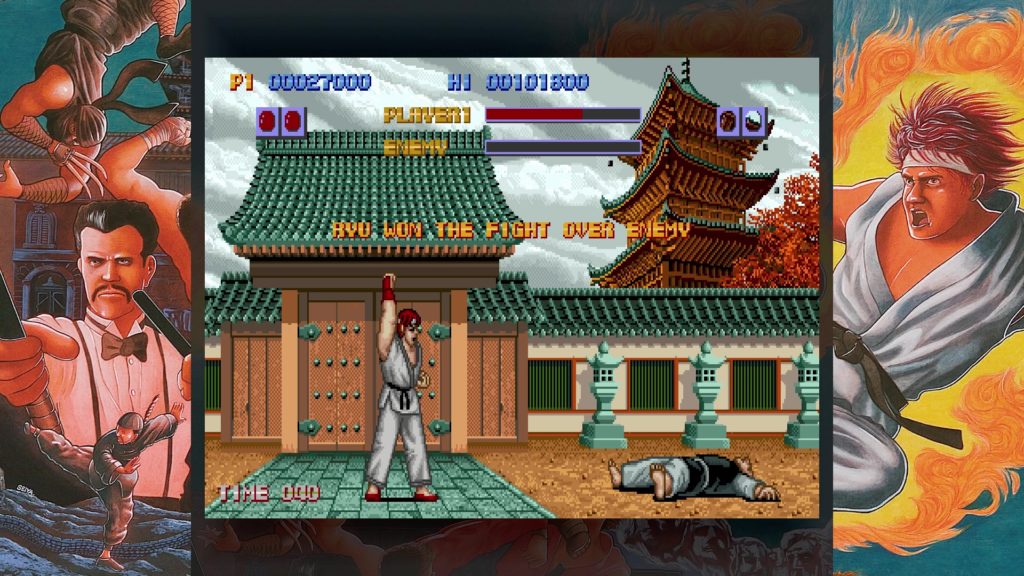
Game selection
As previously noted, there’s something of an emphasis on lesser-known titles here, but that’s good: it means we’re seeing a fair few titles come home for the first time, along with a number of titles we haven’t seen official releases of for a long time. Games like the Street Fighter Alpha and Darksiders series plus legendary wrestling title Saturday Night Slam Masters are particularly welcome sights, as are puzzlers like Super Puzzle Fighter II Turbo and the somewhat Puyo-esque Pnickies.
It’s also fun to see some earlier games that don’t get a lot of time in the sun — the original Street Fighter, for example, which for quite some time it felt like Capcom would rather we forget about. Overall, there’s a good lineup of different types of game here — a few beat ’em ups, a few shooters, a couple of puzzlers and a fair few classic fighters.
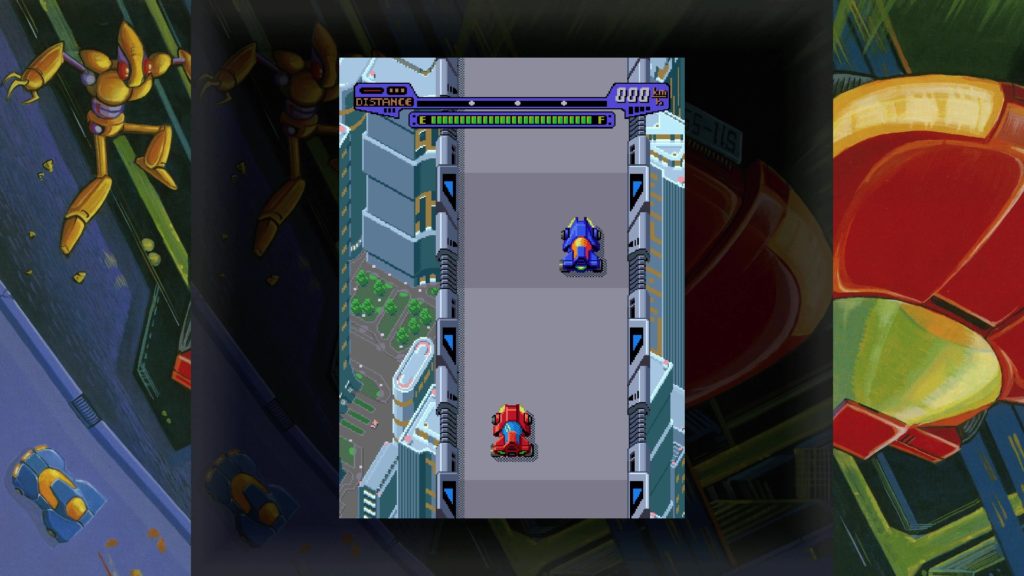
The big caveat: what this is not
Capcom Arcade 2nd Stadium is not a package to pick up if you’re interested in highly competitive live online play, particularly at the fighting games. The reason for this is that there simply isn’t any online play — outside of using streaming game-sharing service on platforms that support such things.
Instead, this is intended to be a collection that you enjoy at home either by yourself or with some friends in the same room. This might seem like a huge oversight, but it’s actually rather pleasant for those of us who don’t spend a lot of time playing competitive multiplayer; there’s no sense that you’re missing out on a core aspect of the experience by not playing online, and features such as ranked games, leaderboards and suchlike still allow for a sense of competition.
Capcom Arcade 2nd Stadium is a package to pick up if you’re interested in the history of video games — particularly Capcom’s distinctive and varied output, obviously — and want to explore a wide selection of different titles, primarily for your own entertainment. The asynchronous competitive element is simply a nice addition to all that.
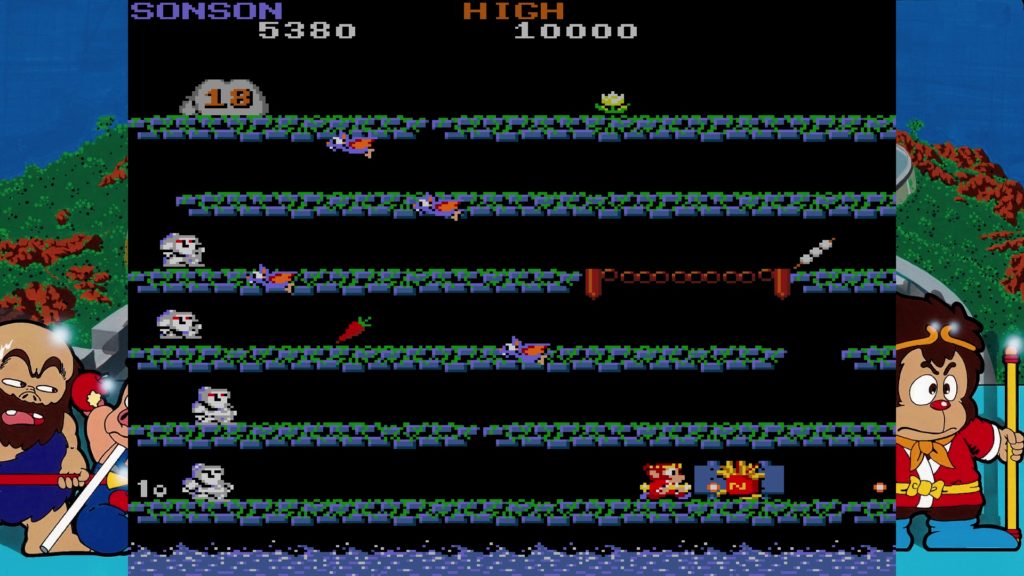
Conclusions
This is a strong start to this second collection. While some may bounce off it due to the relative lack of big-hitters available up front, it serves as a great reminder that many of our favourite video game developers and publishers from over the years are considerably more than just their most famous titles.
Sure, those famous titles are great — and that’s why some of them are included here — but it can be incredibly rewarding to discover new experiences that you didn’t previously know existed. And that’s where the real value of this collection lies.
Capcom Arcade 2nd Stadium is available now for Nintendo Switch, PlayStation 4/5, Xbox hoojimaflips and PC via Steam.
Join The Discussion
Rice Digital Discord
Rice Digital Twitter
Rice Digital Facebook
Or write us a letter for the Rice Digital Friday Letters Page by clicking here!
Disclosure: Some links in this article may be affiliate links, which means we may earn a small commission if you make a purchase after clicking on them. This is at no additional cost to you and helps support Rice Digital!
- Letter from the Editor: passing the torch - June 30, 2023
- Super Woden GP 2 is looking promising - June 30, 2023
- Inti Creates is making a 32 bit-style Love Live action platformer - June 26, 2023






